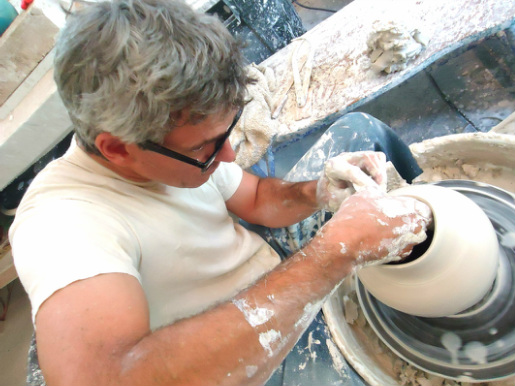One of a Kind Ceramics by George Pearlman, Master Clay Artist
Browse through my work, see the schedule for my upcoming shows, and many other aspects that can give you a full picture of my history and current endeavors. If you are inspired, come to my gallery to see more in person or order from my online gallery and hopefully one of my pieces will become part of your personal collection.
Enjoy your visit,
Browse through my work, see the schedule for my upcoming shows, and many other aspects that can give you a full picture of my history and current endeavors. If you are inspired, come to my gallery to see more in person or order from my online gallery and hopefully one of my pieces will become part of your personal collection.
Enjoy your visit,

